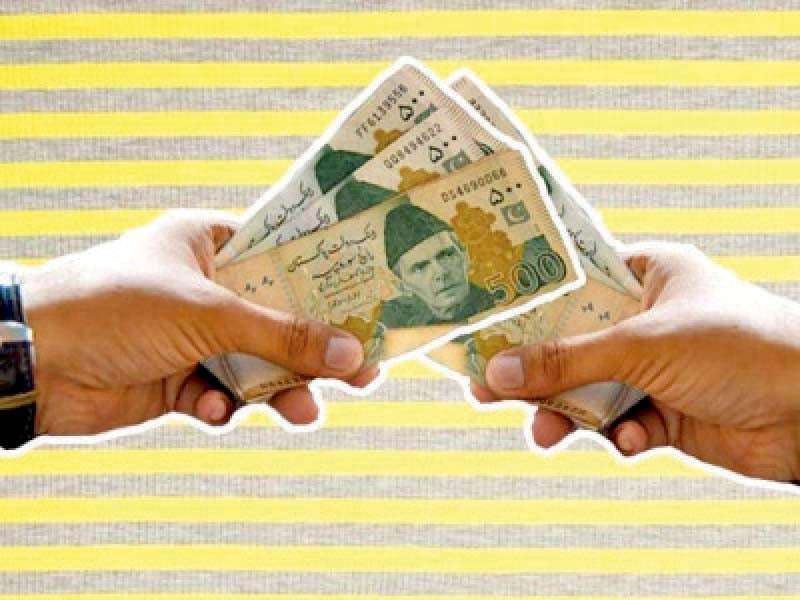Consensus on privatisation, power sector restructuring can steer towards stability

 The caretakers have been busy dealing with economic crises following constitutional amendments that empower them to implement long-term measures.
The caretakers have been busy dealing with economic crises following constitutional amendments that empower them to implement long-term measures.
Along with the support provided through the Special Investment Facilitation Council (SIFC), the government seems to have done well in reducing the level of uncertainty in economic outlook through various administrative measures.
Some of the praiseworthy steps include reforms in the privatisation process, power sector governance, exchange rate management, facilitation of business visas, and forex liberalisation for IT companies.
The government secured an ordinance setting up a special tribunal to hear petitions against privatisation transactions. The stock exchange has been a source of good news for many weeks, though it remains inconsequential.
Ultimately, this setup needs replacement with an elected government, putting politicians back in the driving seat.
A common theme emerging from pronouncements by senior political figures across the spectrum as an electoral promise is restraint on public spending. Nawaz Sharif has already included this in his nine-point agenda, and more recently, Bilawal Bhutto-Zardari has also promised to close 17 federal departments and included this point in his 10-point agenda.
Bilawal stated that this would help the government save Rs300 billion every year, indicating an emerging consensus.
The root cause of our economic woes lies in fiscal matters, especially on the spending side. However, the closure of 17 federal government departments, while a positive step, will only translate into saving approximately 0.35% of gross domestic product (GDP).
The bigger problem lies elsewhere. In its Fiscal Risk assessment for FY 2023-24, the government acknowledged that the federal government’s exposure to state-owned enterprises (SOEs) in the form of outstanding loans and guarantees stood at 9.7% of GDP in 2021, having increased since.
The circular debt in the electricity and gas sectors at the current value adds another 7% of GDP in the exposure, increasing daily. The gas sector is losing Rs1 billion every day.
As net federal revenue squeezes in the coming years, despite nominal increases in tax collection, the risk of corporate default will rise despite International Monetary Fund (IMF) assurances.
A political consensus must evolve on public spending restraint. This consensus should have two components: privatisation of 85 commercial SOEs and radical restructuring of the power sector, whereby the government must stop financing theft, default, and inefficiencies.
The old trick of political economy should be put to rest. This trick, whereby losers are juxtaposed against beneficiaries of reform, has done us no good. If our politicians can agree on this argument, it will be a big win for democracy.
Significant cuts in public spending will reduce the pressure on federal government revenue substantially. The savings, or parts thereof, can be redirected to more investment in human capital, which is crucial.
The pressure to collect more taxes will also subside, and the government will not have to increase the electricity tariff each month.
Importantly, the government will be able to increase its spending on strengthening institutions responsible for the protection of life and property. The political consensus should evolve on managing our federal government better.
It may be worth noting that while we have recently seen a new SOE policy, our privatisation policy is a one-page shallow document dating back to 1994. Recently, PRIME has conducted a consultative workshop under the chairmanship of the federal minister for privatisation, leading to an unofficial framework for a new privatisation policy that Pakistan needs to debate.
Pakistan also needs a new policy to restructure the power sector; increasing the tariff rate is no reform. The current cost-based model of electricity distribution companies guarantees the longevity of a failing system.
While the SIFC is primarily working to attract FDI, it should also investigate why our domestic investors are shying away. In this context, privatisation of 85 commercial SOEs, distributed across 10 key economic sectors, can unleash a new wave of productivity, wealth, and job creation.
These include power, oil and gas, infrastructure, transport and communication, manufacturing, mining, engineering, finance, industrial estate development and management, and wholesale, retail, and marketing.
The continued government presence in these sectors as a business player constitutes a major roadblock to economic prosperity, which needs complete removal.
Contrary to common perceptions, four governments of PML-N and PPP during the 1990s had a complete consensus on privatisation. In fact, under Benazir, the government sold more assets under state control. This continued under General Musharraf, only to be halted by the Supreme Court.
It’s time for leading parties across the spectrum to develop a consensus on public spending restraint. They have done it in the past. They should do a better job now.
THE WRITER IS THE FOUNDER AND EXECUTIVE DIRECTOR OF PRIME, AN INDEPENDENT ECONOMIC POLICY THINK TANK
The Article was originally Published on The Express Tribune, on January 8th, 2024.
